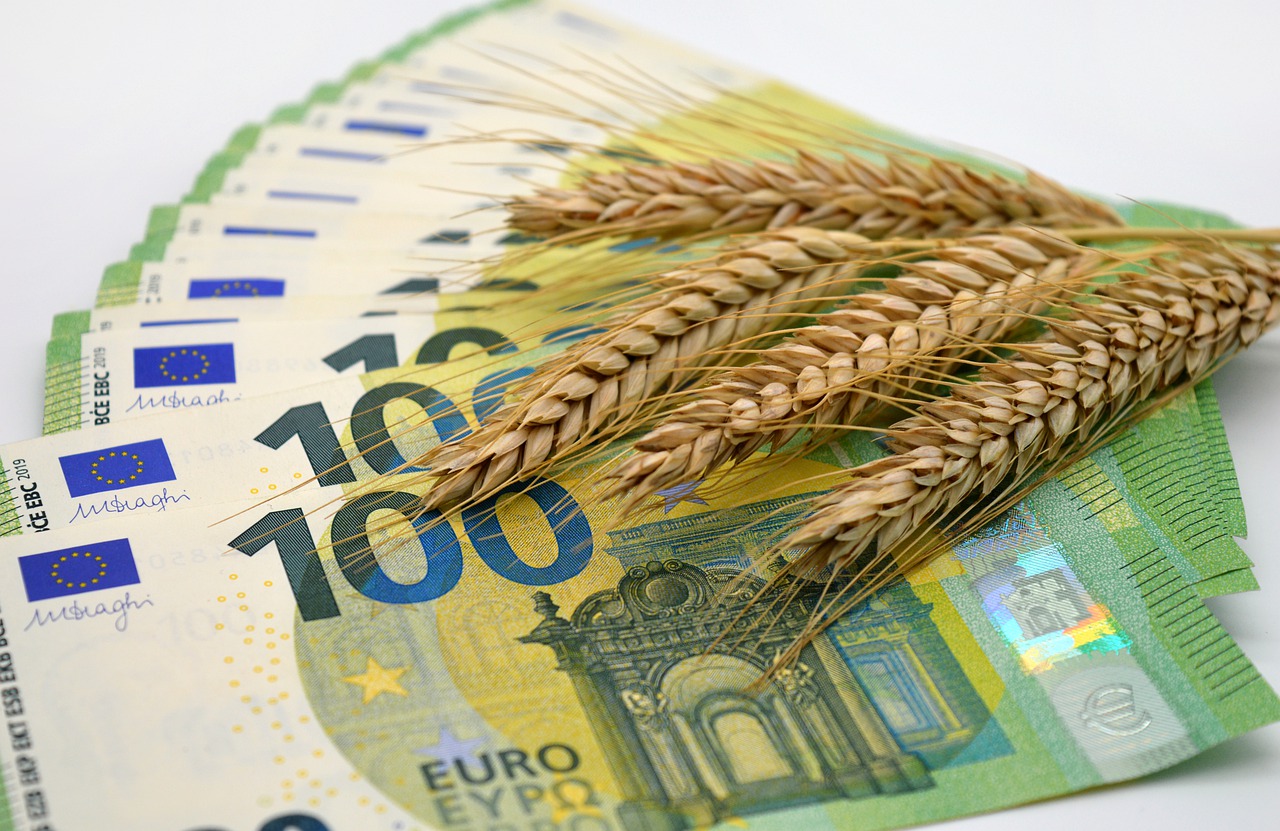Understanding the Dollar-Dirham Relationship: Key Factors Influencing UAE Currency and Exchange Rate Policy
GPT_Global - 2025-10-20 19:30:35.0 15
How does the UAE dirham compare to other currencies in the Middle East in terms of value?
The UAE dirham (AED) stands as one of the strongest and most stable currencies in the Middle East. Its value is influenced by factors such as the region's economic stability and oil exports. For remittance businesses, understanding how the UAE dirham compares to other regional currencies is crucial for effective cross-border transfers.
When compared to currencies like the Saudi riyal (SAR), Kuwaiti dinar (KWD), and Bahraini dinar (BHD), the UAE dirham holds a relatively strong position. The Kuwaiti dinar is often regarded as the highest-valued currency in the region, but the UAE dirham remains competitive in terms of its exchange rate and stability.
For remittance businesses, the stability of the AED ensures consistent value when sending money from the UAE to other Middle Eastern countries. The fixed exchange rate of the dirham against the US dollar also adds a layer of predictability to the market, benefiting both senders and recipients.
In conclusion, the UAE dirham is a vital currency for remittance operations, offering a reliable value and positioning itself as a solid choice for cross-border transfers within the Middle East.

Can US dollar notes be used directly for transactions in the UAE?
The US dollar is a globally recognized currency, but when it comes to conducting transactions in the UAE, the situation is a bit different. While the UAE dirham (AED) is the official currency, US dollar notes are widely accepted for certain types of transactions, especially in tourist areas, luxury goods stores, and international businesses. However, the usage of US dollars is not universal across all sectors.
For everyday purchases like groceries or local services, UAE residents and visitors typically use dirhams. Exchange rates and possible service fees may apply when using US dollars, and it’s essential to keep in mind that not all establishments will accept US dollars as a direct form of payment.
Remittance businesses in the UAE facilitate the exchange of US dollars into dirhams for customers sending money abroad. Using US dollars for remittance transactions can be convenient, especially if you're dealing with international transfers. Be sure to compare exchange rates and fees before making any remittance, as they can vary significantly between providers.
In conclusion, while US dollars can sometimes be used for transactions in the UAE, it’s advisable to primarily use dirhams for smoother and more cost-effective transactions, especially in everyday situations.
How do UAE’s tourism and trade affect the demand for dollars over dirhams?
Tourism and trade in the UAE have a significant impact on the demand for dollars versus dirhams. As a key global hub for both sectors, the UAE sees a large influx of international visitors and businesses, which drives the demand for foreign currencies, particularly the US dollar. Tourists often exchange their home currency for dollars when visiting, as the dollar is widely accepted worldwide.
Additionally, the UAE's thriving trade industry relies heavily on imports and exports, with many transactions conducted in US dollars. This increases the demand for dollars in the country, affecting currency exchange rates. As businesses and consumers continue to engage in global trade, the need for US dollars in the UAE remains high, boosting its demand relative to the dirham.
For remittance businesses, understanding these dynamics is crucial. A higher demand for dollars means an increase in the number of remittance transactions, as many expats send money abroad in US dollars. This can create opportunities for businesses to cater to the growing need for dollar-based transfers, enhancing profitability in an increasingly interconnected global economy.
What has been the impact of COVID-19 on the dollar-dirham exchange rate?
The COVID-19 pandemic has had a significant impact on the global economy, and one of the key areas affected has been currency exchange rates. Specifically, the dollar-dirham exchange rate has experienced fluctuations, influenced by economic uncertainty, oil price changes, and shifting market confidence.
Initially, as the pandemic took hold, the dollar strengthened due to its status as a global safe haven currency. This led to a slight rise in the value of the U.S. dollar against the UAE dirham. The dirham, pegged to the dollar, mirrored these changes, yet the stability of the peg helped to limit drastic movements.
For remittance businesses, these exchange rate shifts have created both challenges and opportunities. While a stronger dollar could benefit those sending money to the UAE, it also poses risks for individuals sending remittances from the UAE to other countries. Understanding these fluctuations is crucial for both businesses and customers looking to maximize value in their transactions.
Overall, the ongoing economic effects of COVID-19 highlight the importance of monitoring exchange rates closely, as changes can directly impact the cost-effectiveness of remittance services.
How do currency traders in the UAE anticipate movements in the dollar-dirham exchange rate?
Currency traders in the UAE closely monitor various factors to predict movements in the dollar-dirham exchange rate. These traders analyze economic data, geopolitical events, and market sentiment to make informed predictions. One key factor is the performance of the US economy, as it directly influences the value of the US dollar. Additionally, traders keep an eye on oil prices, since the UAE’s economy is heavily dependent on oil exports, which can impact the dirham’s value.
Another essential factor is the monetary policy decisions by the US Federal Reserve. Interest rate changes by the Fed often lead to fluctuations in the dollar's strength against the dirham. UAE currency traders also consider global financial trends and regional political stability, as these can cause shifts in investor confidence and impact the exchange rate.
For the remittance business, staying updated on currency fluctuations is crucial. A better understanding of these trends enables businesses to offer competitive exchange rates to customers sending money to the UAE. This foresight helps avoid potential losses due to sudden shifts in the dollar-dirham exchange rate and ensures efficient and cost-effective remittance services for clients.
What exchange rate policy does the UAE follow to maintain its peg with the US dollar?
The United Arab Emirates (UAE) follows a fixed exchange rate policy to maintain its peg with the US dollar. This system, which has been in place since 1997, ensures that the UAE dirham (AED) is tightly linked to the US dollar at a fixed rate of approximately 3.67 AED to 1 USD.
By adopting this fixed exchange rate regime, the UAE aims to provide stability in its currency, which is crucial for attracting foreign investment and facilitating trade. The stability of the UAE dirham helps in maintaining predictable remittance flows, which is vital for both businesses and expatriates.
For businesses in the remittance sector, this exchange rate policy offers a predictable environment for transferring funds between the UAE and other countries. The stability of the AED against the US dollar ensures that customers sending remittances from the UAE can do so with confidence, knowing that exchange rate fluctuations will have minimal impact on the amount received by recipients.
In conclusion, the UAE's fixed exchange rate policy supports the remittance industry by ensuring stability, facilitating cross-border transactions, and enhancing the confidence of both senders and receivers in the remittance process.
How do the UAE's import and export activities affect the dollar-dirham relationship?
The United Arab Emirates (UAE) plays a pivotal role in global trade, which significantly impacts the dollar-dirham exchange rate. As the UAE imports and exports goods and services, its economic interactions can create fluctuations in the demand for both the US dollar and the UAE dirham.
The UAE's exports, primarily oil, and other commodities, are generally priced in US dollars. This means that when global oil prices fluctuate, it can affect the supply of dollars in the UAE. For instance, if oil prices rise, the UAE's exports generate more revenue, which strengthens the dirham as more dollars flow into the country.
On the flip side, the UAE also imports a large volume of goods, many of which are priced in US dollars. When demand for imports increases, the need for US dollars rises, which could weaken the dirham temporarily. Businesses in the remittance sector need to stay informed of these trends as exchange rate fluctuations can directly affect the cost of sending and receiving money across borders.
Ultimately, understanding the dynamics between UAE's import/export activities and the dollar-dirham relationship is crucial for businesses and consumers engaged in international money transfers.
What financial strategies are used by businesses in the UAE to minimize the risks of currency fluctuations between the dollar and dirham?
```htmlBusinesses in the UAE face risks due to currency fluctuations, especially between the US dollar and the dirham. To minimize these risks, companies in the remittance industry use various financial strategies to protect themselves and their clients. One common method is hedging, where businesses use financial instruments like forward contracts or options to lock in exchange rates for future transactions. This guarantees a stable rate, ensuring predictability in earnings and costs.
Another strategy is currency diversification. By holding funds in different currencies, businesses can reduce exposure to fluctuations in a single currency. This helps maintain financial stability during periods of high volatility in the foreign exchange market. Additionally, some businesses negotiate with banks to offer competitive exchange rates, allowing them to pass on the savings to customers and maintain a strong position in the market.
Lastly, remittance businesses closely monitor global economic trends and geopolitical events that may affect exchange rates. By staying informed, they can adjust their strategies in real-time, ensuring they continue to provide efficient and cost-effective services to their clients in the UAE and beyond.
```
About Panda Remit
Panda Remit is committed to providing global users with more convenient, safe, reliable, and affordable online cross-border remittance services。
International remittance services from more than 30 countries/regions around the world are now available: including Japan, Hong Kong, Europe, the United States, Australia, and other markets, and are recognized and trusted by millions of users around the world.
Visit Panda Remit Official Website or Download PandaRemit App, to learn more about remittance info.

